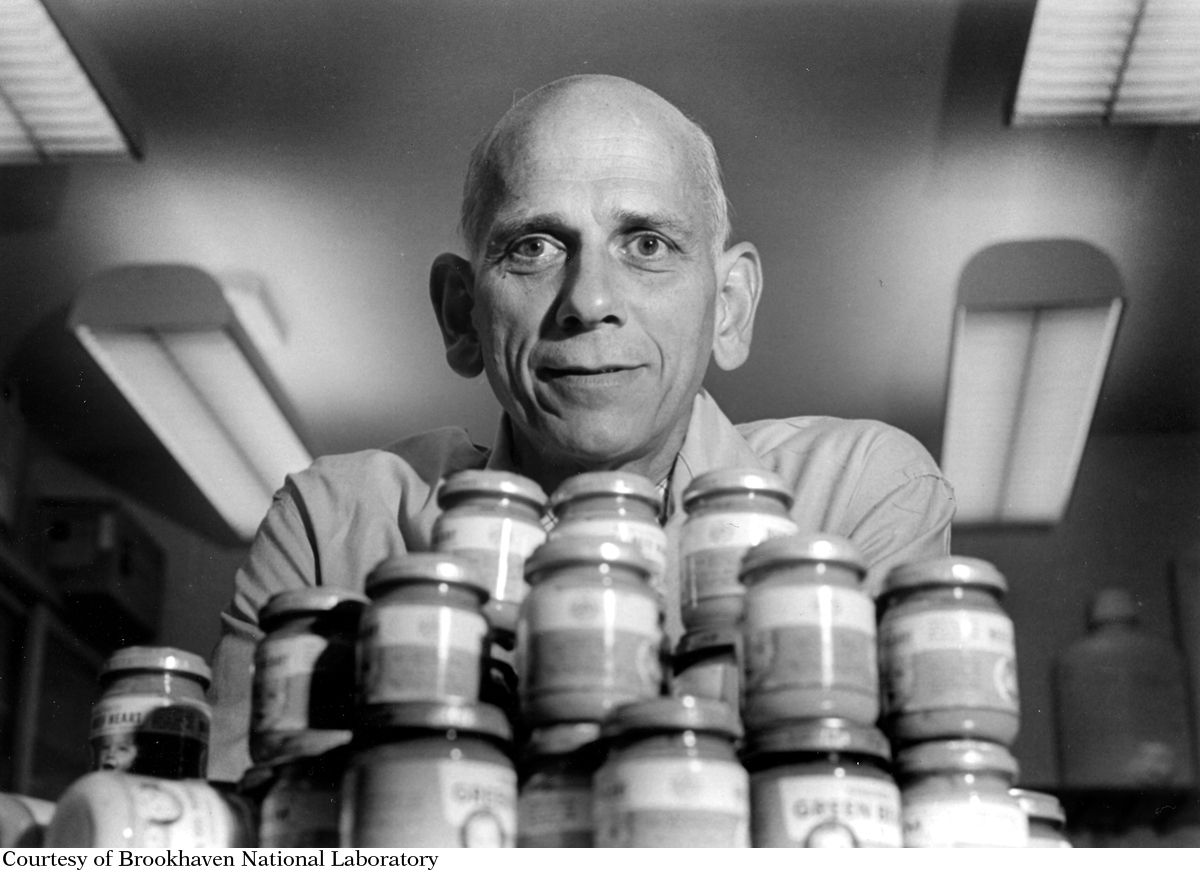Chapter Introduction
13
MAJOR MINERALS AND WATER

LEARNING OBJECTIVES
Identify the major minerals that have structural functions in the body, as well as the specific structures into which they are incorporated (Infographic 13.1)
Discuss the role of calcium in bone health and the consequences of inadequate intake during the growing years and as we age (Infographics 13.2 and 13.4)
Describe factors that may influence the bioavailability of minerals in the body
Identify the major minerals that serve as electrolytes, and describe their individual roles in fluid balance (Infographics 13.6 and 13.10)
Describe the effect that changes in sodium and potassium intake have on the risk of hypertension
Identify primary sources of calcium, sodium, potassium, and magnesium in the diet (Infographics 13.3, 13.5, 13.7, and 13.9)
Identify at least five functions of water in the body
Identify the sources of water for the body, and the ways water is lost from the body (Infographic 13.11)
Describe how antidiuretic hormone regulates water balance (Infographic 13.12)
In the 1960s, Lewis Dahl, a physician at the Brookhaven National Laboratory on Long Island, New York, spent a lot of time with rats. He was trying to understand the link between sodium and blood pressure, having noticed from national statistics that populations that eat low-

We often hear that we should eat less sodium, but we don’t often hear that we need more potassium. Yet as it turns out, only 3% of American adults have usual intakes of potassium that exceed the Adequate Intake (AI) levels set by the Institute of Medicine. Indeed, so many of us do not get enough of the mineral that in 2010, the Dietary Guidelines for Americans identified potassium as a “nutrient of public concern.” Add to this the fact that we’re all eating way too much sodium—
MINERALS inorganic individual chemical elements; there are 16 minerals considered essential in human nutrition with diverse regulatory and structural functions
Sodium and potassium are two of the 16 minerals that are essential for human health and nutrition. Minerals are solid, stable inorganic elements. Unlike vitamins, minerals can’t be broken down into smaller constituents or destroyed by heat, light, cooking, or digestion. As the examples of sodium and potassium illustrate, both underconsumption and overconsumption of minerals can have a huge impact on human health and can have a range of physiological effects. Minerals have a variety of important jobs in the body, such as maintaining proper fluid balance and bone growth and maintenance.
WATER an essential nutrient central to all body functions
Water is also an essential nutrient for the human body and it maintains health in multiple ways. Of the six categories of nutrients—